Android's autocorrect feature can be both a blessing and a curse. One minute, it'll save you from an embarrassing typo in a message to your boss. The next, you'll be left blushing as you send something wholly inappropriate to a family member.
It's time you took back control. If you want to learn how to turn on autocorrect on your Android device, plus how to turn off autocorrect again, keep reading. We'll also show you a few other settings to help you get the autocorrect feature working the way you want.
How to Turn Off Autocorrect on Android
By default, most Android devices come preloaded with Gboard, Google's in-house keyboard app. If you are using it, you can follow our instructions to turn off autocorrect, and you can also learn some cool new things you can do with Gboard.
You can easily change the Android keyboard with one of the many third-party apps available in the app store. The instructions to turn off autocorrect on those, however, might differ slightly. Consult with your keyboard developer's official literature for more information.
Depending on your device, this procedure may vary slightly, although the general instructions will be the same. The toggle to disable autocorrect on Gboard is hidden deep within your phone's Settings menu.
To reach it, you'll need to open Gboard settings. You can do this through the Settings app by going to Settings > System & updates > Languages and input > Keyboards > Gboard. For a faster method, you can reach the autocorrect area on Android devices by opening your keyboard and long-pressing on the comma key, then tapping the gear icon that appears.
Once you reach Gboard's settings with either method, select Text correction. Next, under the Corrections heading, slide the toggle for Auto-correction into the Off position.
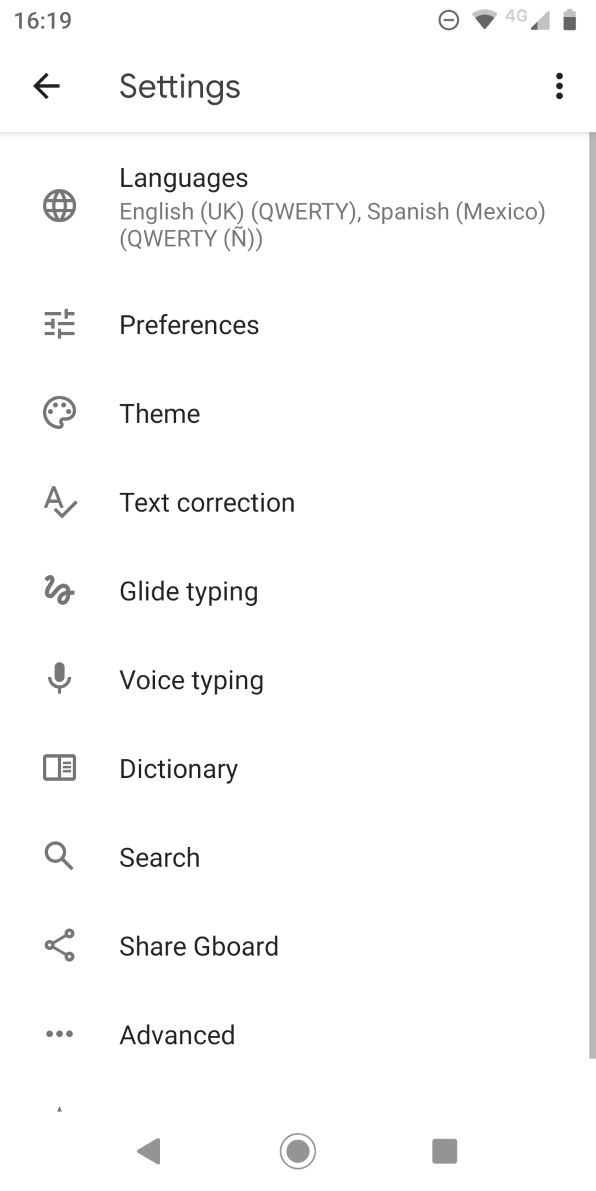
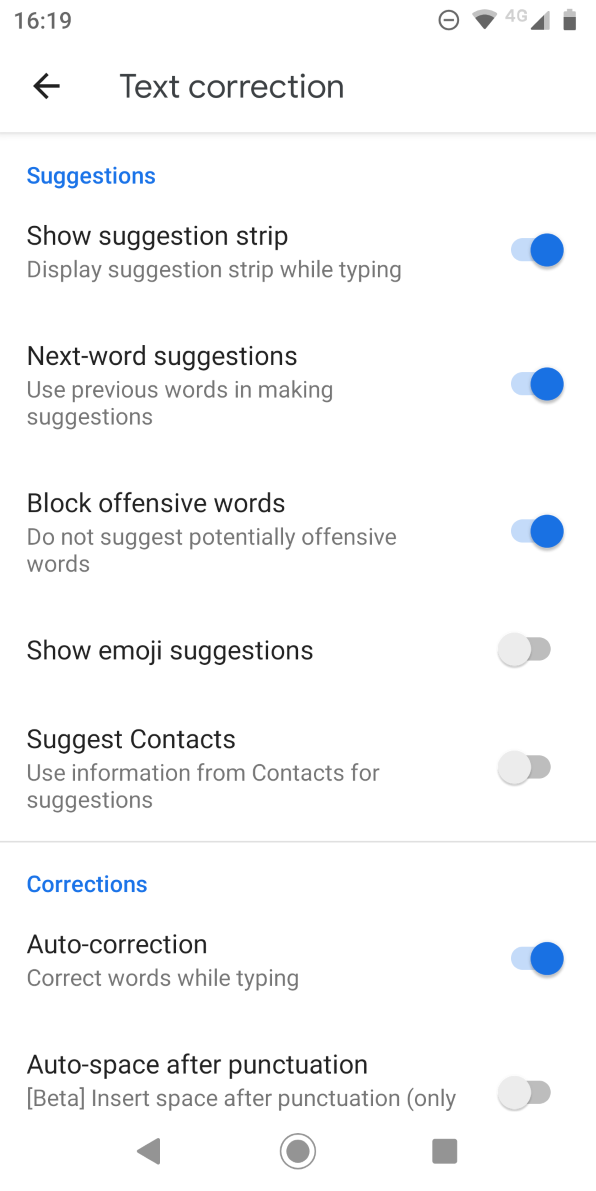
This is the same place where you can also make adjustments regarding whether you want to undo any autocorrects when you press backspace, for instance, or to have your keyboard automatically add a space after punctuation.
How to Turn On Autocorrect on Android
If you change your mind later, you can re-enable the autocorrect feature at any time. Simply perform the same instructions as above, tweaking the final step:
- Open the Settings app and go to System & updates > Languages and input > Keyboards > Gboard. Alternatively, you can also open the keyboard, hold the comma key, and tap the gear icon to reach the settings area.
- Choose Text Correction and scroll down to the Corrections section.
- Locate the toggle labeled Auto-correction and slide it into the On position.
Again, if you're using a different Android keyboard, you might find that the instructions vary. Any keyboard you have installed should appear under the Keyboards section of the Settings app. Open it from there, and then you'll need to look for the appropriate setting.
SwiftKey, for example, has the autocorrect feature stored under Typing > Autocorrect. You can easily toggle the feature anytime you want.
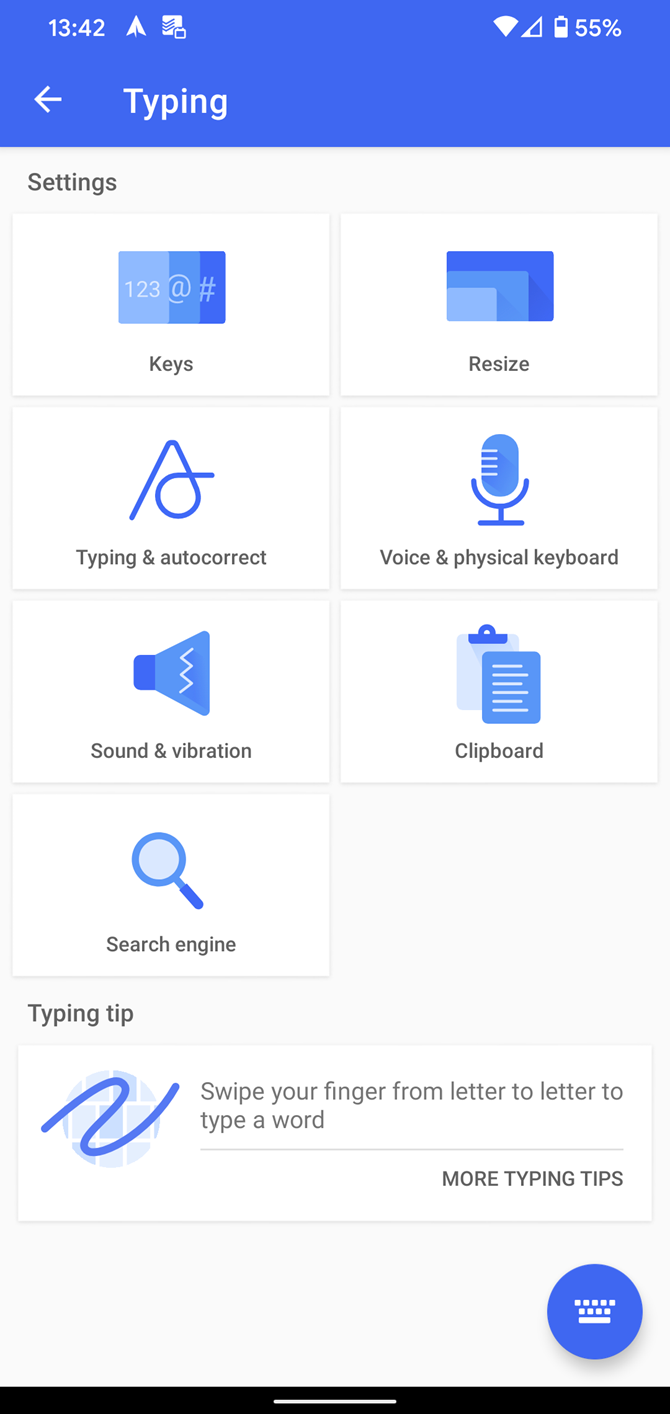
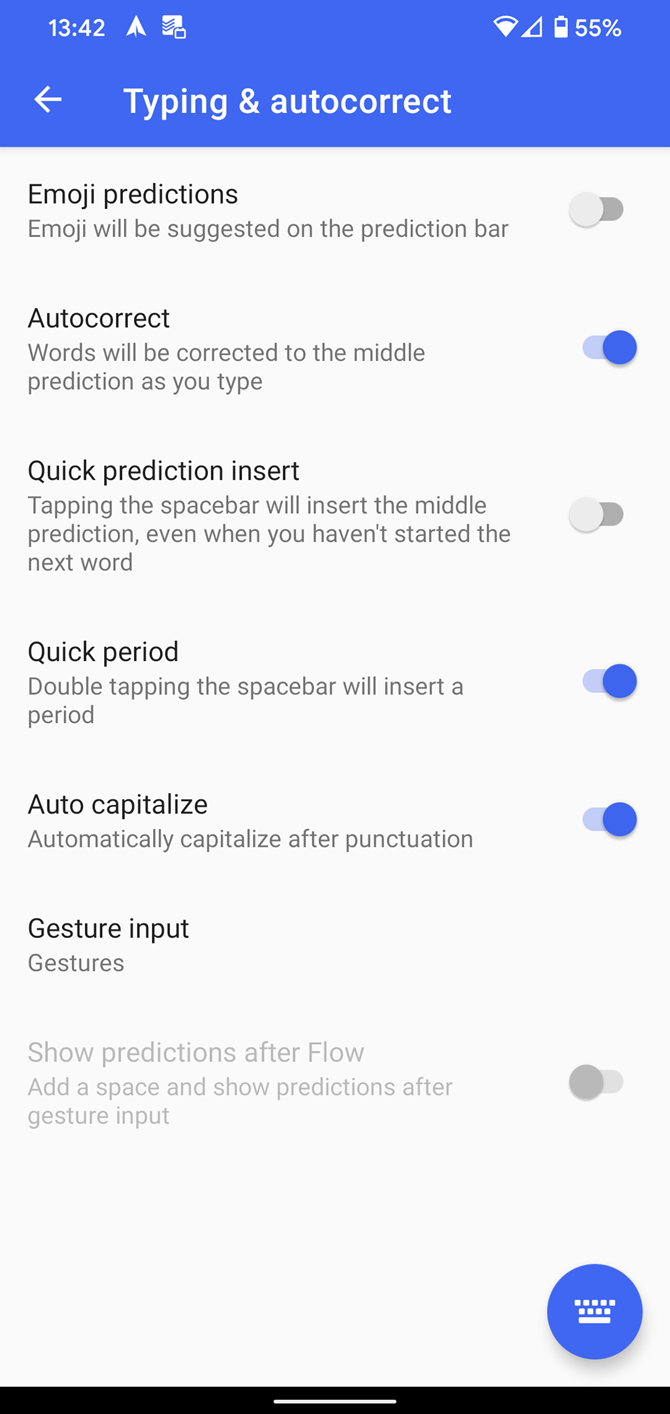
While we know that autocorrect has its downsides, it can be largely useful because it enables you to type faster on your Android phone.
How to Turn Off Autocorrect on Samsung Devices
If you've ever owned a Samsung phone or tablet, you know that the company does not use a stock version of Android. Instead, Samsung devices run a proprietary Android skin called One UI.
Stock Android and Samsung's skin differ in a lot of ways, one of which is how to turn autocorrect on and off. Below are instructions on how to turn off autocorrect in the Samsung Keyboard app on devices running Android 11 and up:
- Open the Settings app.
- Go to General Management and select Samsung Keyboard Settings.
- Turn Predictive text off under Smart typing.
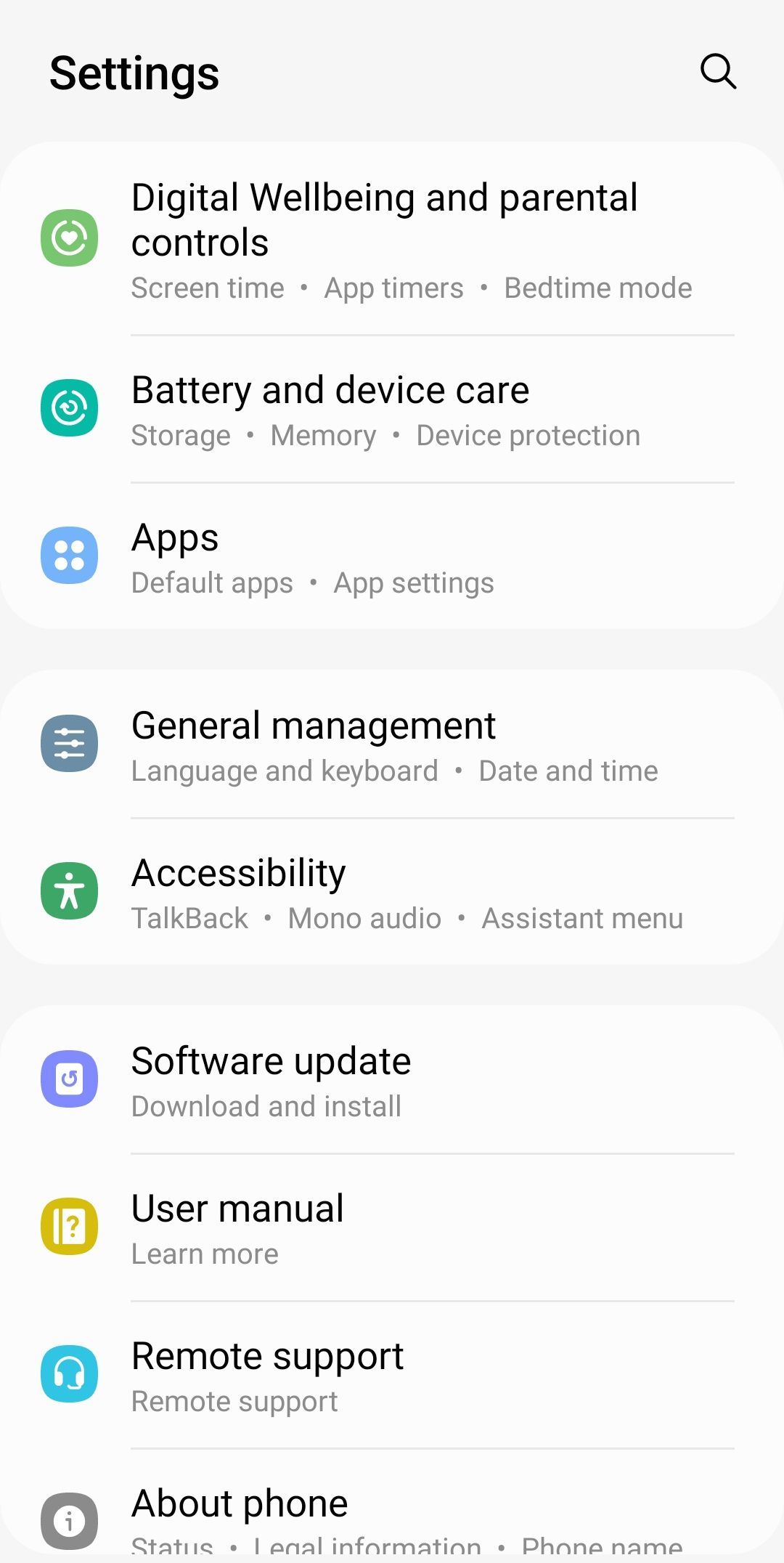
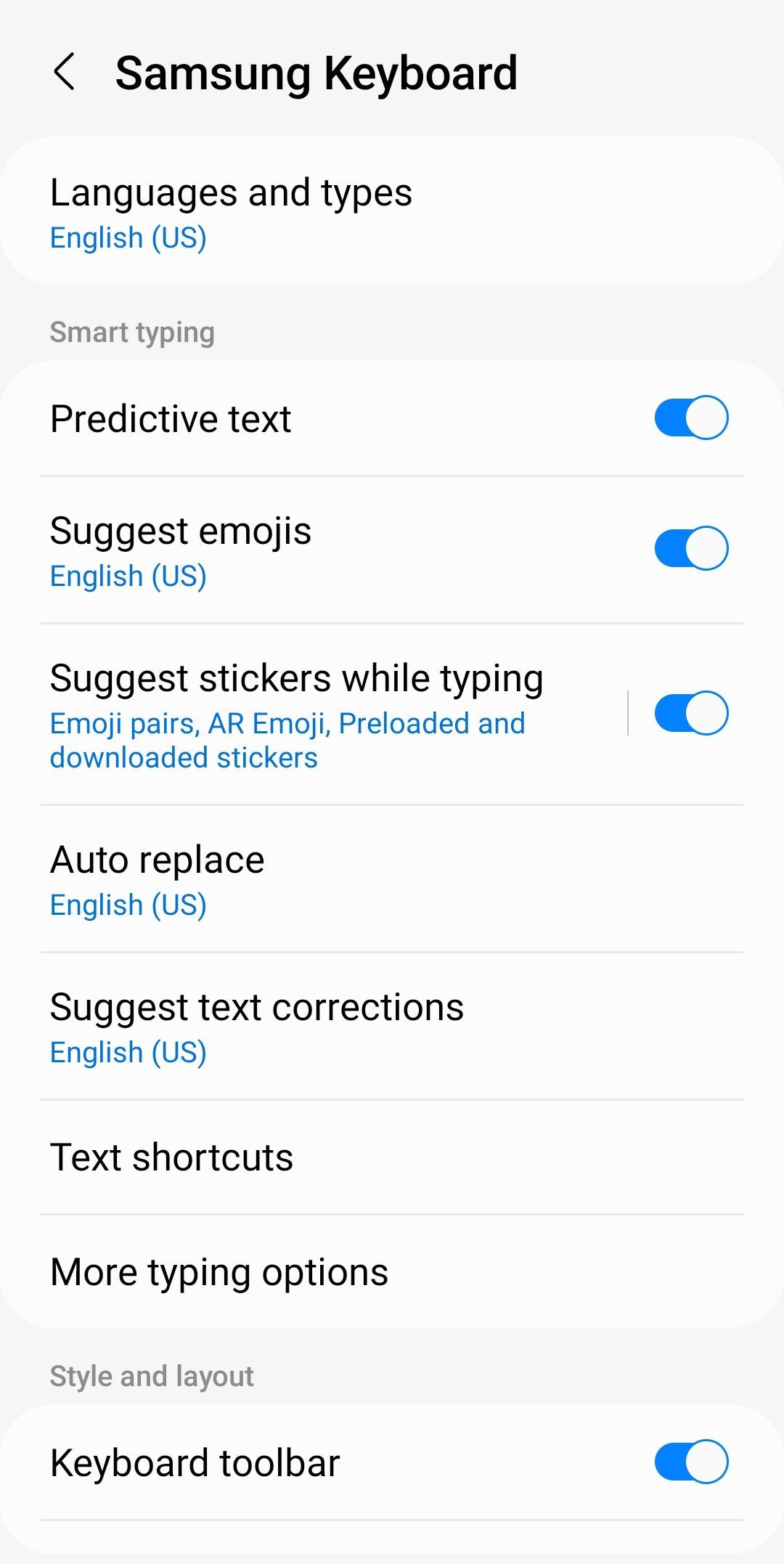
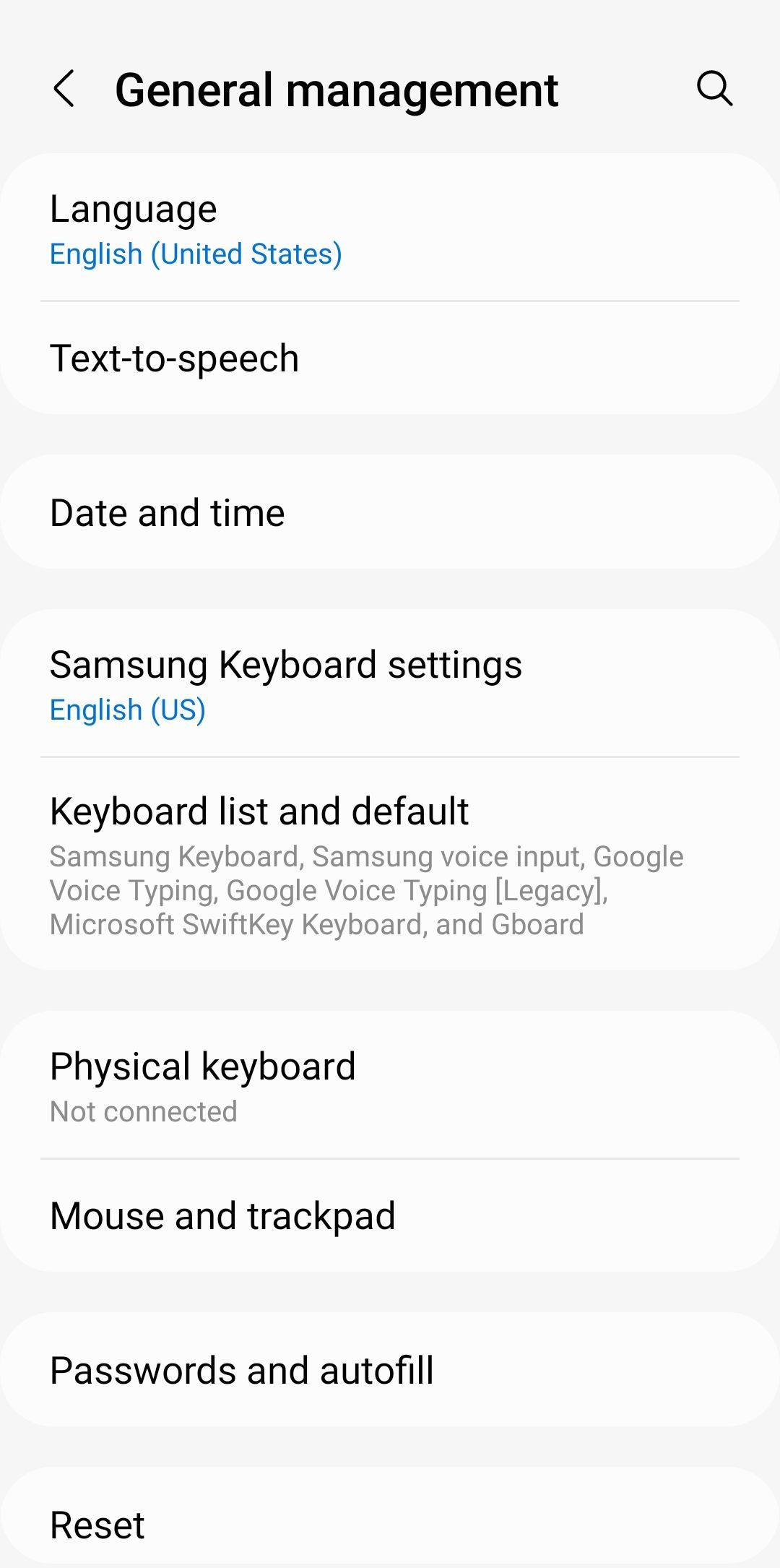
If you want to know how to turn off autocorrect on Samsung phones and tablets that are from older generations, you'll need to follow these instructions:
- Open the Settings app by heading to Apps > Settings.
- Scroll down to the System section.
- Tap on the icon labeled Language and input.
- Select Default from the list of options available. This may have a different name if you have a different keyboard installed.
- Scroll down until you find the Auto replace menu item and select it.
- Flick the toggle in the upper right-hand corner into the Off position.
As you can see, the process of turning off autocorrect on Samsung devices isn't overly complicated. Of course, if you're interested in how to turn on autocorrect on your Samsung device, follow the same procedure but tweak the last step.
If you have multiple keyboard languages installed, you can turn on/off autocorrect for each language layout individually using the checkboxes alongside the languages on this page.
We also have a bunch of cool tips to help you improve your typing experience when using a Samsung Keyboard.
How to Improve Autocorrect on Android
We've all seen those funny autocorrect-fails screenshots. When you read some of them, it is understandable why you might have a sudden urge to turn off autocorrect on your Android device.
In truth, however, such drastic measures are rarely required. Android keyboards have a bevy of options that allow you to tweak, refine, and improve the autocorrect feature, thus making it work better for your needs. Let's take a quick look at some of the other settings that are worth investigating. These mainly apply to Gboard, but you'll find similar options on most keyboard apps.
Auto-Capitalization
Android can automatically fix capital letters at the start of sentences and on proper nouns as you type.
In normal circumstances, it is a useful feature. But for some people, it might not be ideal. Lots of words are both proper nouns and regular nouns (for example, "Turkey" the country, and "turkey" the bird). If you find yourself using such words regularly, you might want to turn off the auto-capitalization feature.
You can do so by heading to Settings > System > Language and input > Keyboards > Gboard > Text correction > Auto-capitalization. Slide the toggle into the Off position to disable it.

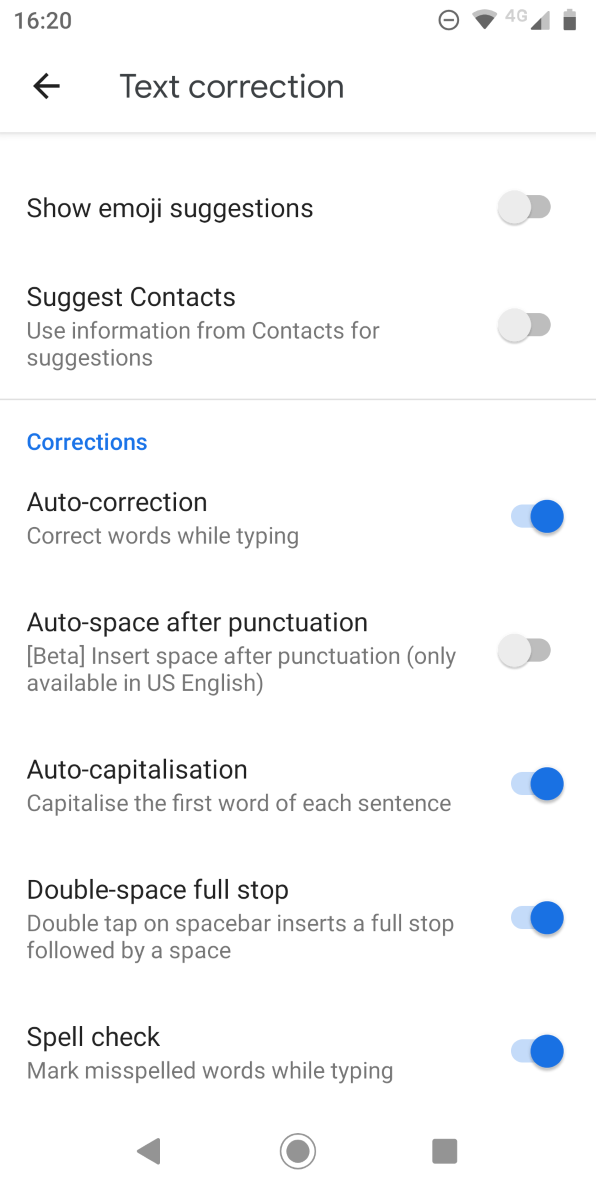
Spell Check
Rather than relying on the autocorrect feature to fix your errors, you could just enable spell check on Android. It will alert you to typos and other misspelled words using those familiar squiggly red lines under the text.
To turn spell check on or off on Android, you need to go to Settings > System > Language and input > Keyboards > Gboard > Text correction > Spelling > Spell check and flick the toggle into the desired position.
For this feature to work, you'll need to ensure you've selected a default language for your keyboard. Additionally, regardless of what keyboard you're using, you're going to need to ensure that Gboard is used as a spell check source (rather than Samsung Keyboard, for instance).
If you wish, you can use the spell check and autocorrect tools together.
Customize the Android Dictionary
You will always come across some legitimate words that are not part of Android's built-in dictionary. Obscure place names, brand names, and specific jargon related to your job are common culprits.
It gets old really fast when Android continually tries to autocorrect "Sonos" into "sonar" or "Logitech" into "logical." To prevent this from happening—and save yourself some stress in the process—you should add the words to your personal dictionary.
You can access the dictionary by heading to Settings > System > Language and input > Keyboards > Gboard > Dictionary > Personal Dictionary. Tap the language you'd like to edit the dictionary for, even if you only have one installed. Then you can use the Plus button to add new words.


Try Voice Typing
Some keyboards (including Gboard) provide you with lots of features to help you improve your typing. Alternatively, you can start using your voice rather than an on-screen touch keyboard.
From an autocorrect standpoint, you're less likely to make a typo when speaking rather than typing. However, you'll introduce the issue of potentially misunderstood words, especially if you have any type of accent.
If you want both speed and accuracy, you can always follow our tips for typing faster on Android devices. Google's voice typing has gotten a lot better over the years, however, so using this feature is a good idea.
If you would like to try voice typing, go to Settings > System > Language and input > Keyboards > Gboard > Voice typing and turn the toggle on. Then you can tap the Microphone icon at the top-right of the keyboard to speak.
We also advise you to make use of the Faster voice typing feature that you can find in the same menu since it will download a faster and more accurate way to recognize your voice so it will offer better results. Once you download this add-on, it will also work offline, which is fantastic news.
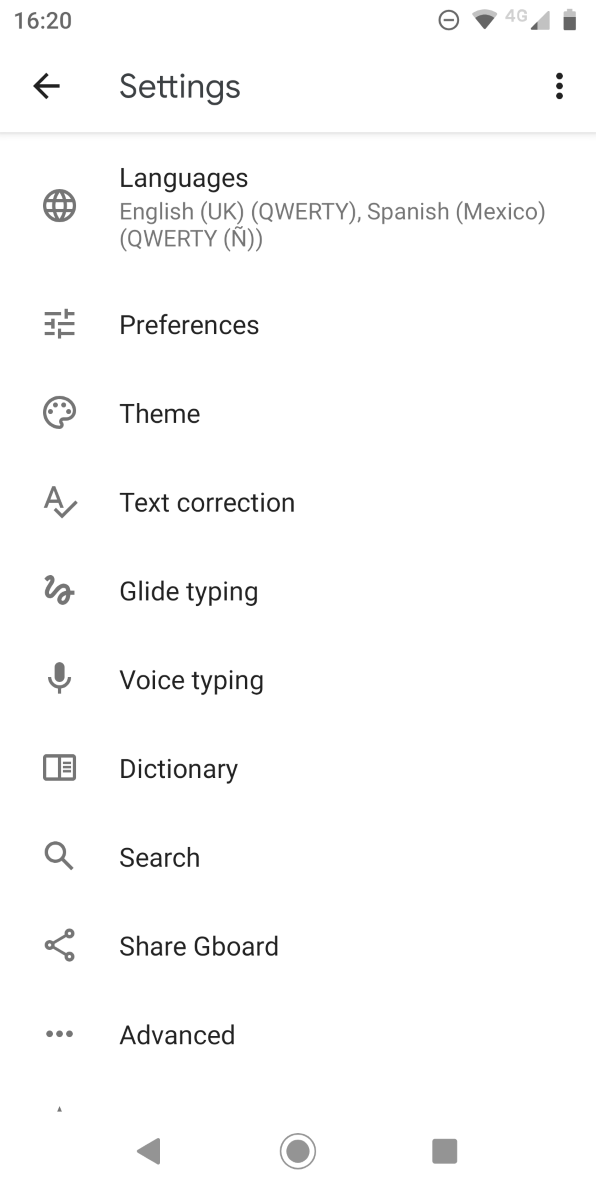
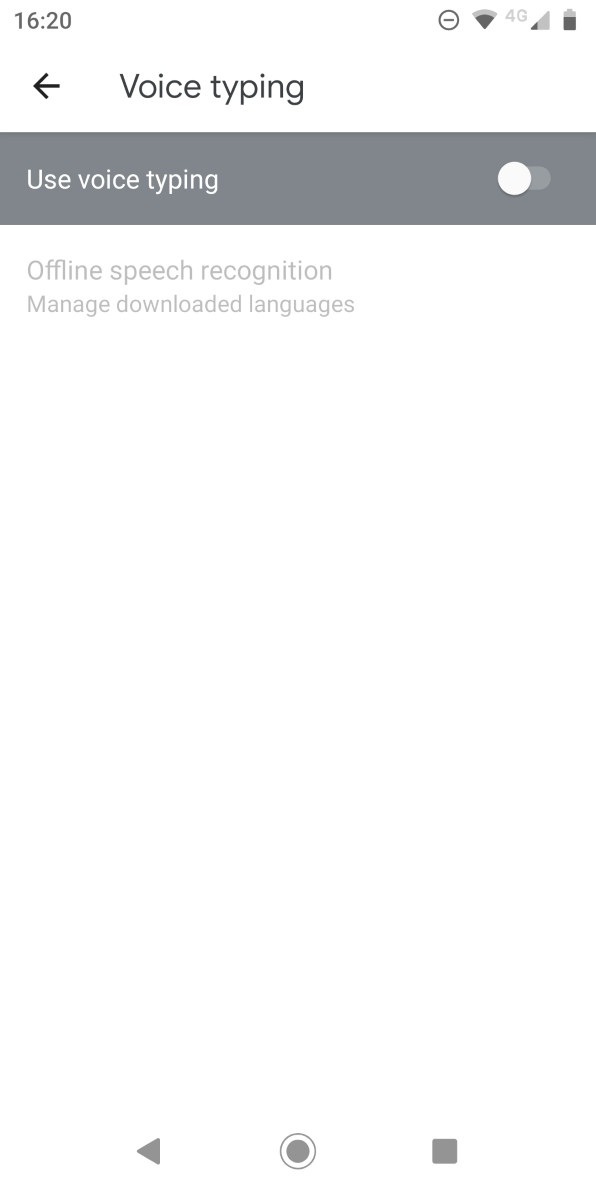
If you use another keyboard, you can also switch to Google voice typing using the keyboard switch button that appears while typing.
Learn More About Typing on Android
Using autocorrect on Android and learning how to turn it on and off can improve your typing experience on your Android device. For example, you can change the keyboard's theme, install third-party options, and even switch to a non-QWERTY keyboard layout.
However, if you want to jump ship to a new keyboard, you should always ensure that you choose one from a trustworthy brand.

